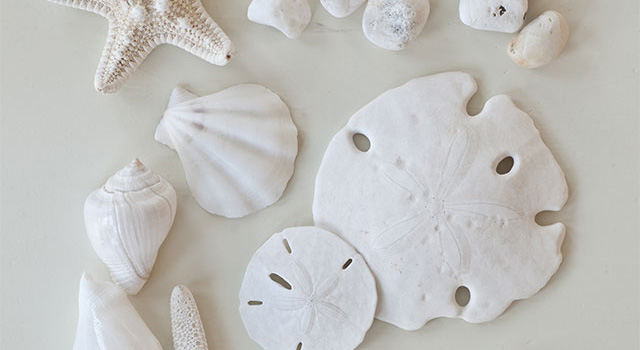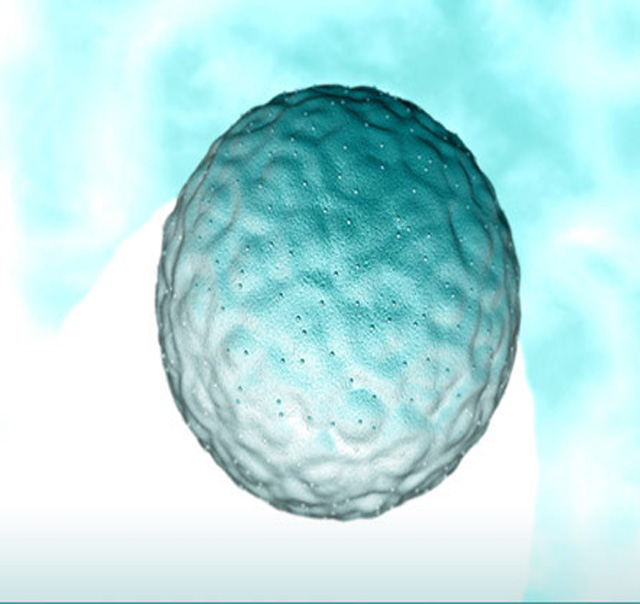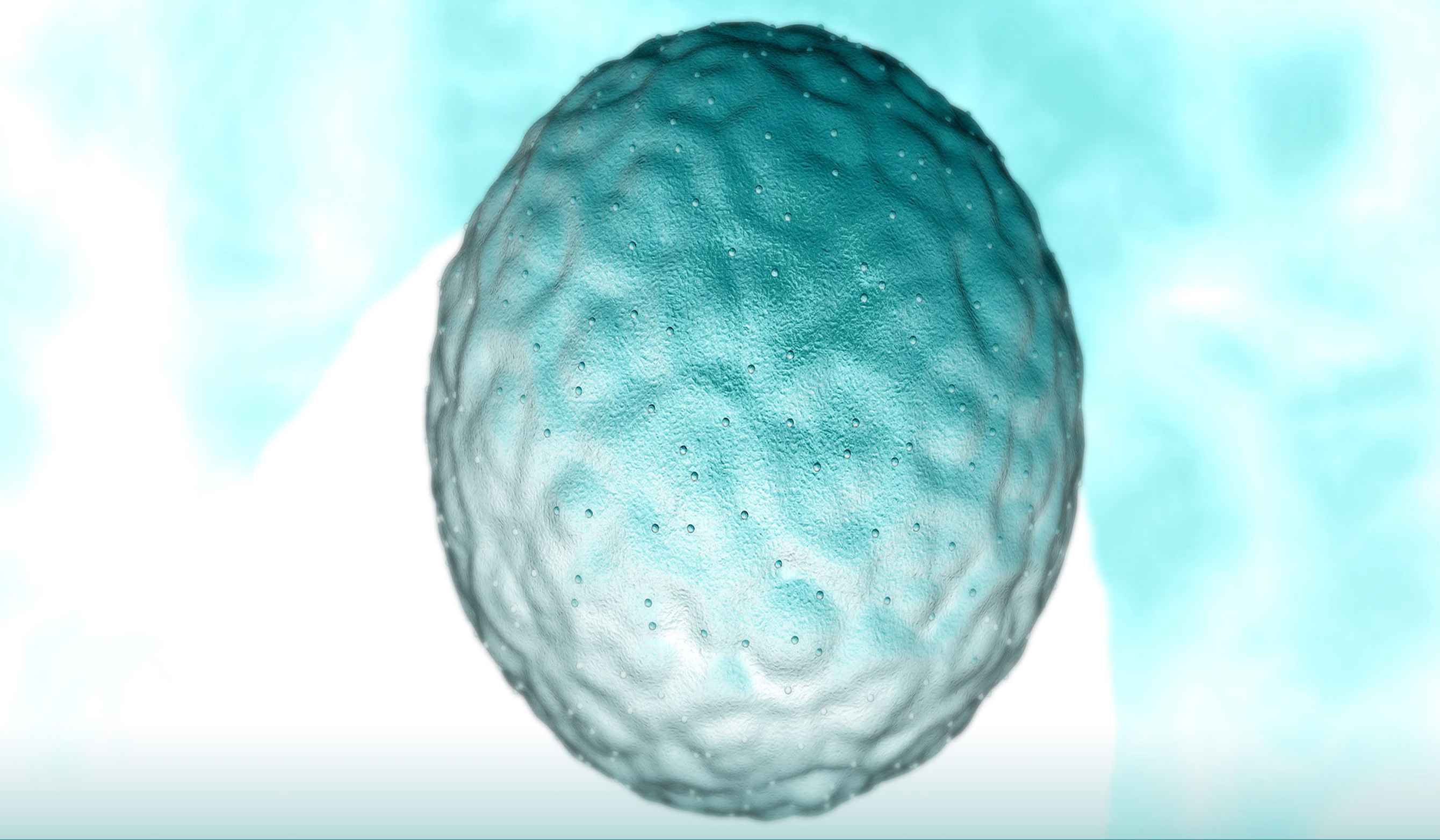What is Assisted Hatching?
The embryo is surrounded by a thick outer shell called the zona pellucida which protects the embryo until it reaches the blastocyst stage of development. At this point the blastocyst stage embryo is ready to “hatch” out of the shell and implant into the uterine lining. In certain cases it may be more difficult for the embryo to hatch out of the shell. It can be beneficial in these situations to do assisted hatching which makes a hole or weak spot in the shell or zona pellucida thus allowing the embryo to easily hatch.
Indications for Assisted Hatching (AH):
- Age: In couples having IVF treatment with the female partner’s age 38 and older.
- Elevated FSH: In couples having IVF treatment in which the female’s Day 3 FSH. (Follicle Stimulating Hormone) is elevated
- Embryo quality: In couples having IVF treatment with poor quality embryos, defined as high percentage of fragmentation or slow rate of cell division on day of transfer. If fragments are present, Assisted Hatching is performed in conjunction with fragment removal.
- Thick Zona Pellucida: In couples doing IVF treatment with thick zona pellucida (outer shell).
- Previous Failed IVF treatment: In couples doing IVF with one or more previous failed IVF cycles.












